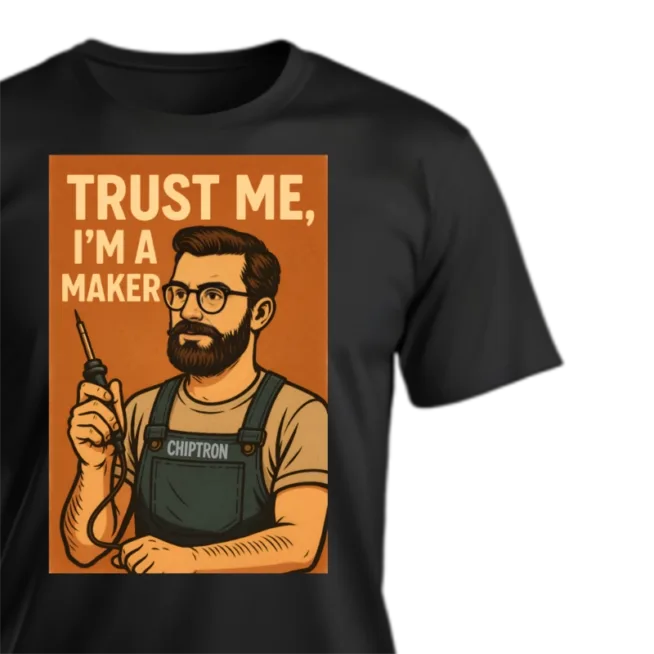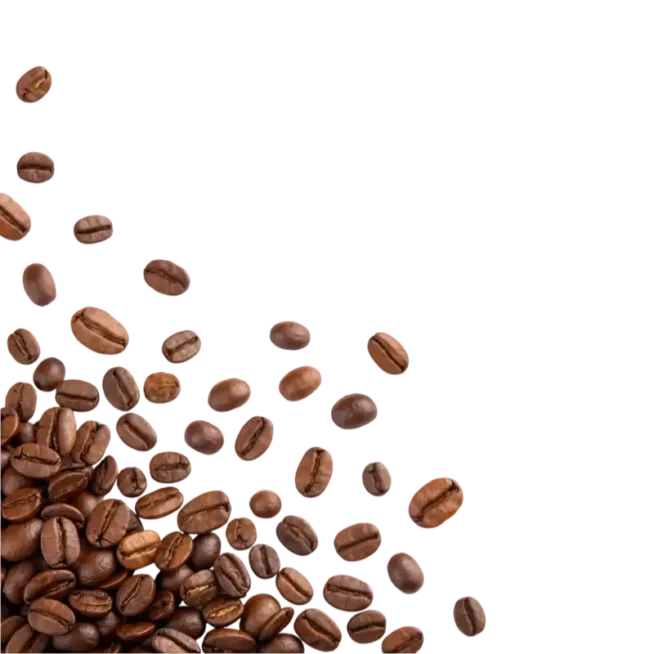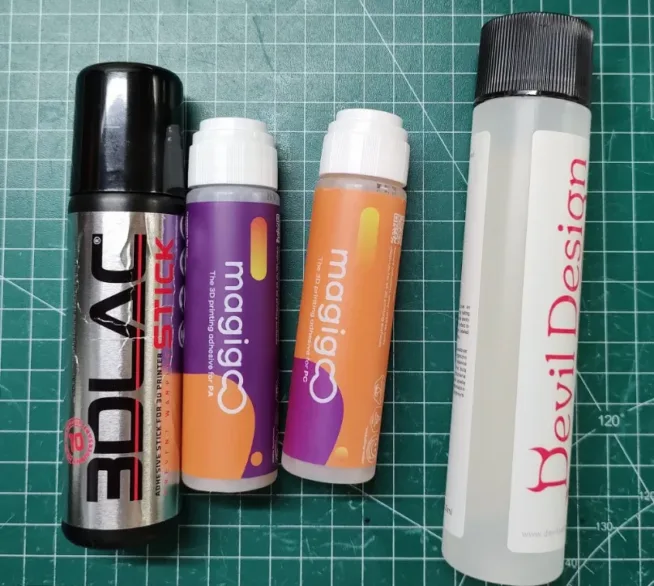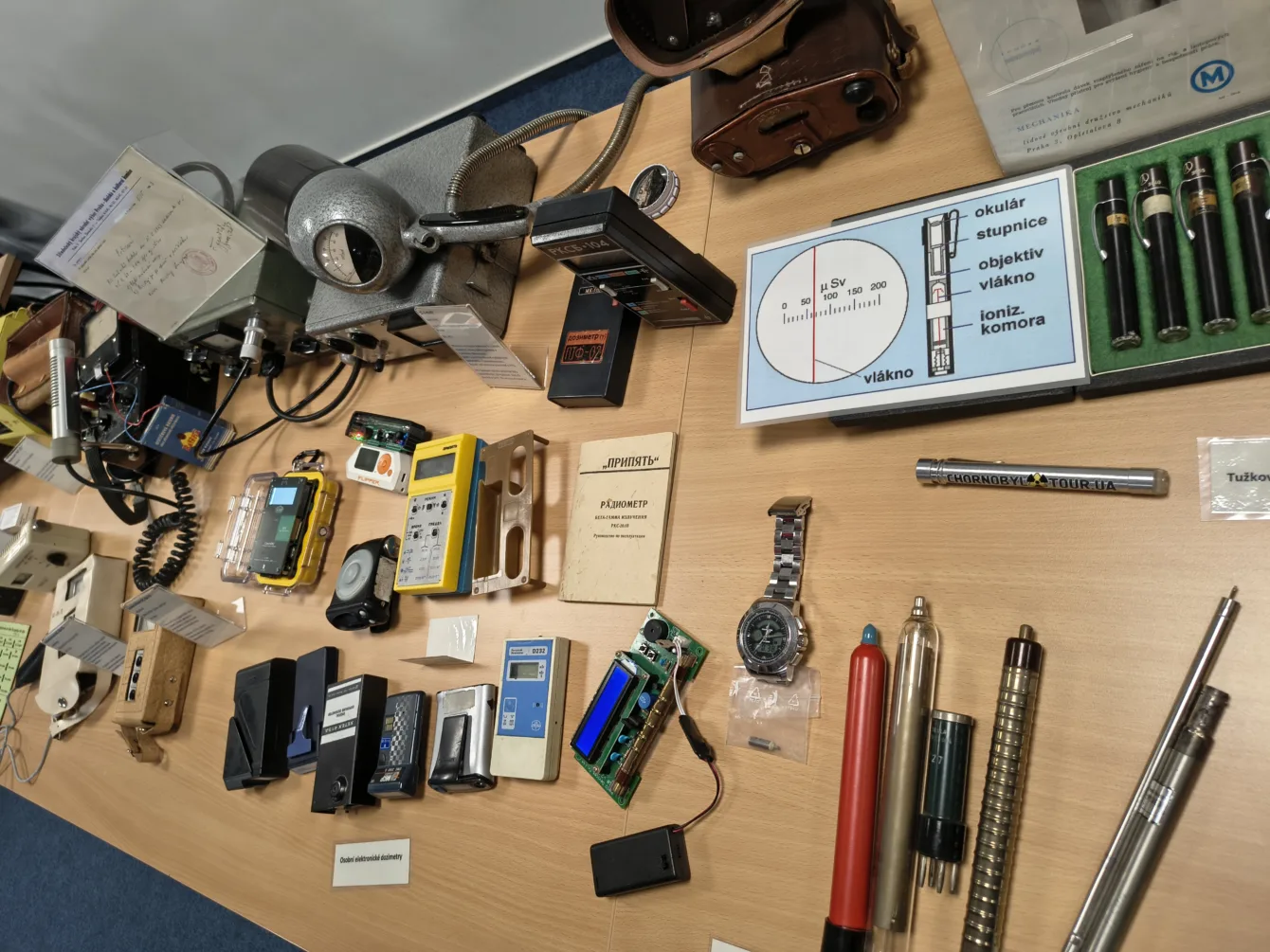
Measuring ionizing radiation (generally radiation) is relevant today not only for professionals but also for ordinary enthusiasts or collectors of minerals or antiques. Ionizing radiation is invisible, cannot be felt, or otherwise directly perceived – and that is deceptive.
However, it has a direct impact on human health and the environment. This article will explain why and how we measure radiation, what is interesting to observe during measurement, what dangerous products to watch out for, and what misinformation exists in the media and on the internet.
My visit to ÚJV Řež on the occasion of the Open House Day inspired me to write this article. At the Open House, visitors saw how and with what radiation is measured and where we can find it. And what appears to be beneficial, but the opposite is true.
Why?
A common question. And a common answer is – BECAUSE I CAN. Do you know someone who goes metal detecting? So measuring radiation can be the same hobby for someone as searching for metals is for another.
You can …
… search for natural items (stones and minerals) that emit ionizing radiation and determine its value – from this, you can find out how (in)safe it is.
… examine antiques. Some manufacturers used paints (uranium or thorium compounds) or glazes that are radioactive for painting ceramics.
… investigate military and historical items. Often, paint based on radium or tritium was used on them, which was applied to dials to make them glow nicely at night.
… debunk misinformation. Have you heard that tags on children’s clothing are radioactive? Is it funny to you or already bordering on dangerous lies?

What will we find out?
I hinted at this in the previous paragraph. With rocks, you will find out which ones are radioactive and to what extent. With historical items or military objects, whether they are radioactive, and then you can look up films (like Radium Girls) – for example, how the women assembling watches had deformed hands or died of cancer due to painting watch hands with radioactive paint.
Items that appear harmless at first glance can be risky: for example, old ceramic tiles in a house.
BUT, most common historical tiles may contain trace amounts of uranium or thorium, but their radioactivity usually does not exceed natural background levels and does not pose a health risk during normal use. Elevated levels occur only with special glazes or decorative items with a high content of uranium pigments.
Or you can get involved in mapping the country.
Dangerous products disguised as “healthy”
On the market (both foreign and Czech), there are still talismans, pendants, stickers, and bands claiming “protection against 5G, EMF, or radiation”. Manufacturers often create the impression of healing effects, but the reality is the opposite – they contain materials with thorium, uranium, and other radioisotopes and are themselves a weak but measurable source of ionizing radiation. These products, instead of providing protection, actually increase the radiation dose for their wearer, which can be health hazardous with prolonged contact.
Moreover, these pendants or stickers cannot protect you in any way – they have no means to do so. On the contrary, they are dangerous themselves.
What to measure with
Hot Spots – a group of people, enthusiasts, and professionals participate in citizen measurements of areas with potentially increased radiation activity.
People from this group have compiled their experiences with various dosimeters they have tested. The full article is here, I will mention just a few of them here.
CzechRad
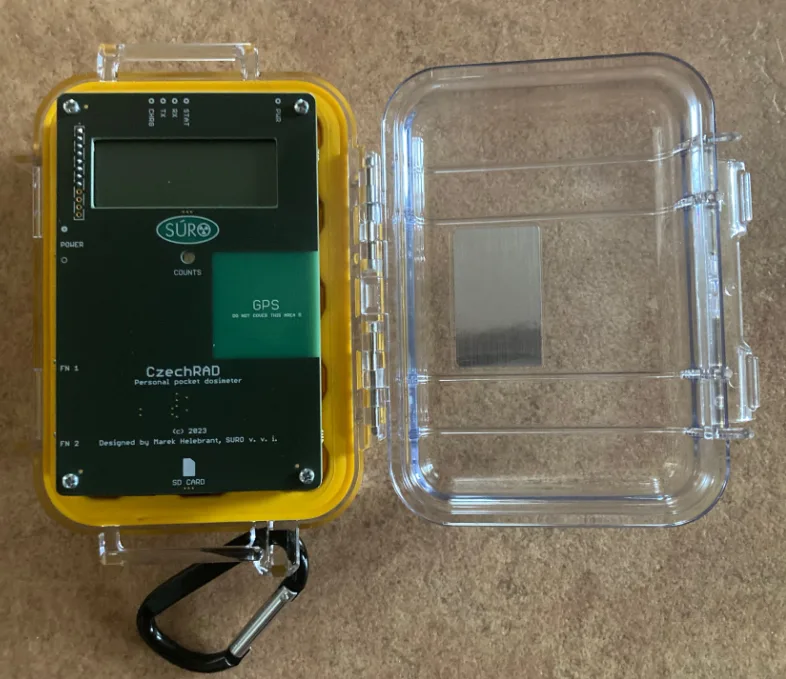
A dosimeter with a sensitive probe, battery-powered, and with automatic position logging (it has a GPS module). Data can be exported and used to create your own maps and/or sent to SÚRO.
You can borrow CzechRad from SÚRO (you will sign a loan agreement).
FNIRSI GC-01
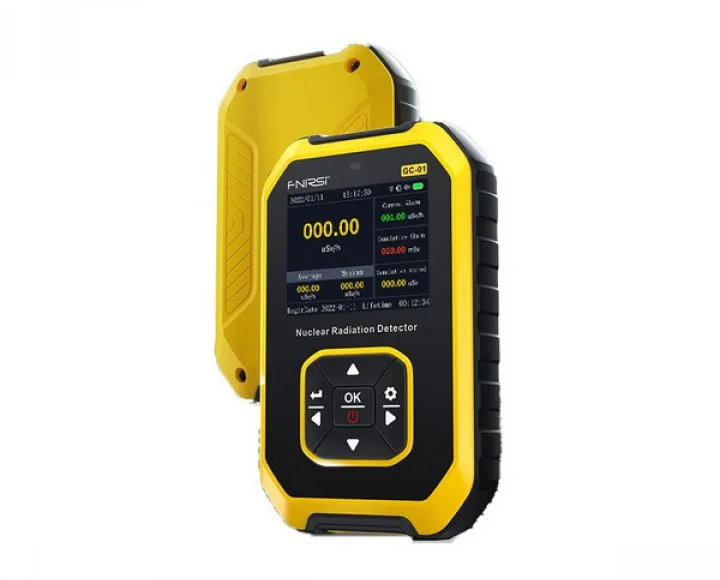
I personally do not have good experiences with the brand FNIRSI, and similarly, people who use it and can compare it with competing detectors feel the same way.
“… during the year 2023, there was a modification in newly manufactured units. The originally decent tube was replaced with a new inferior one, which has very poor sensitivity. Moreover, the conversion ratio was not adjusted, so this device can no longer be recommended.”
UNI-T UT334A
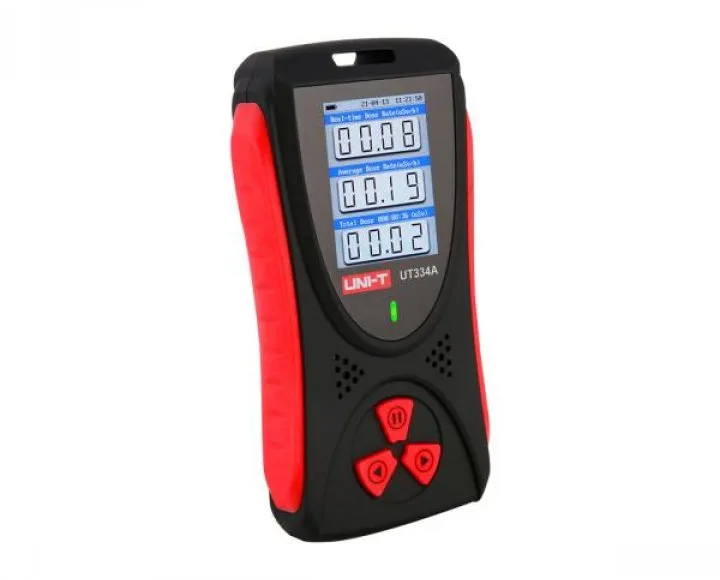
A recommended dosimeter that belongs to the low-cost category but measures meaningful values. It also has a rubberized body, quick response, a large battery, and can record measured values in internal memory.
BetterGeiger S2L

A pocket radiation detector that is sensitive and comparable in certain parameters to more expensive competing devices. The detector has a very quick response, and people from the Hot Spots group definitely recommend it.
“BetterGeiger S2L is a great choice for anyone who takes radiation measurement a bit more seriously but doesn’t want to carry a suitcase of laboratory equipment. It is not a toy – unlike commonly available Geigers, it truly “sees” radiation, quickly and accurately.”
You can find more types of good dosimeters at https://www.zhavamista.cz/dozimetr-vyber. There you will find even higher quality (and also more expensive), even smaller than I selected for this article.
Warning: be extremely careful when handling or measuring. In typical hobby measurements of natural items and historical objects, you are unlikely to find anything that is short-term dangerous, but it is good to be cautious.

